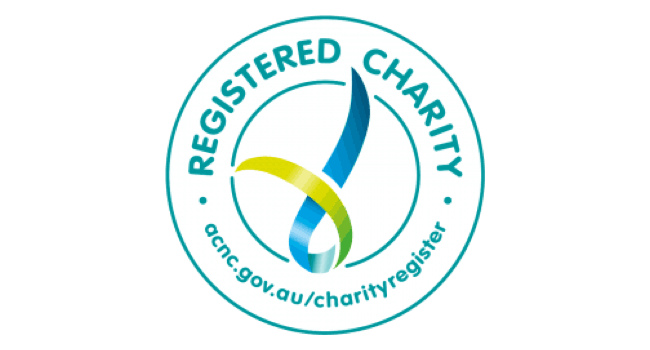Choosing a school for your children can be a big decision, and you will have many factors to consider.
Getting started
- Most Victorian public (i.e. government) schools have a designated zone. If your child lives within that zone, they have a right to attend that school. You can also seek to enrol your child at a school outside your zone, but that enrolment will depend on whether the school has space for your child.
You can find your school zone on the Find My School website. - It’s easy to be influenced by other parents’ recommendations, social media comments and ‘local reputation’, but remember that you’re making a judgement on how well the school will suit your child – you know them best, and what suits someone else’s child may not work for yours.
- It may help to make a list of the qualities you are looking for in a school. What are your top priorities? What is just ‘nice to have’? No school will be perfect, but the choice will be clearer if you establish your priorities first.
Matching the school to your child
- Does the school specialise in a particular curriculum area? Some schools have particular strengths in, for example, sport, science or the arts. Are these strengths a good match for your child’s interests?
- Include your child in the considerations and decision-making. A big consideration for them will likely be which school their friends are going to. This is important, but you may need to encourage them to consider other factors too.
- Will the size of the school matter to your child? A smaller school may feel more friendly, a larger school may have broader curriculum offerings. Some larger schools are effectively organised into ‘mini-schools’ for different age groups, which may work well for your child.
What you need to know
- When considering a school, its website is a good place to start. You will usually get a preliminary idea of the school’s priorities and culture. Some schools will make a Parent Handbook available on their website. Last year’s Annual Report will also be useful if available. Many schools make their newsletters available on the website, which give a further insight into the day-to-day operations of the school and how the school communicates with its community.
- Try to get a sense of how the school interacts with its community. Does the school actively engage with parents and encourage them to be partners in their children’s education? Is there a Parent Club that supports and represents parents and provides a community focus, beyond just raising funds for the school? Does the school have some way of engaging students in decision-making, such as a Student Representative Council or Junior School Council? A strong relationship between schools and families is likely to lead to a more positive educational experience and outcomes.
- Does the school have published policies on bullying, discipline issues etc? Will you, as a parent, be able to contribute to policy making? You may find this information on the website or in a Parent Handbook or Annual Report.
Practical considerations
- Are you likely to need before and after school care? You may need to check out what is available.
- Especially when choosing a secondary school, remember your child will likely be at the school for 6 years and will be more independent in their later years. You may want to consider public transport access and areas of interest that your child is passionate about for future learning or career pathways.
- If considering a more distant school, remember your child needs to get there and back – somehow – 5 days a week, 40 weeks a year, for 6 or 7 years. Any friends they make at the school will also likely not live in your local area.
School visits
- Once you have a ‘shortlist’, visit the schools. It’s not what the school looks like on the outside, but what happens inside that counts! Many schools will run school tours and information nights for prospective parents. You may also be able to simply make an appointment to visit. Don’t be afraid to ask questions! If you weren’t able to get the documents you wanted from the website (Parent Handbook, Annual Report etc), you could ask for them at the school.
Budgeting for school years
While you’re looking at schools, you can help your budget planning by looking at the costs. The Victorian Government will claim school education is free, but there are extra costs to be borne by parents: uniforms, electronic devices, excursions, and extra-curricular programs such as sport or music. Schools also request voluntary contributions, which you may wish to factor in (we would like to emphasise the word ‘voluntary’ – these payments are not mandatory. See the Education Department policy on parent payments.)
Many schools have a ‘Parent Payments’ page on their website where they publish a summary of school costs.
You may be eligible for financial support – see the State Government’s Financial Help for Families page.



